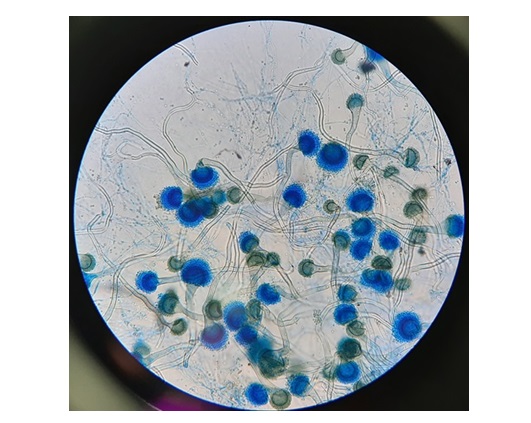New Imaging Method Enables Early Detection of Fungal Infections Caused by Aspergillus Fumigatus
Posted on 16 Aug 2024
Delays in diagnosing fungal infections caused by Aspergillus fumigatus and other fungi can be critical for immunocompromised patients, potentially leading to severe illnesses or even death. To address this, researchers have developed a novel imaging method that allows for the specific detection of Aspergillus fumigatus infections promptly, without the need for invasive procedures.
Many fungi, including Aspergillus, have adapted to environmental conditions, allowing them to utilize alternate energy sources apart from glucose, such as breaking down complex sugars like cellobiose into simple glucose molecules. Unlike most other microbes and human cells, Aspergillus has this unique ability. Researchers from the National Institutes of Health’s (NIH) Clinical Center and the National Heart, Lung, and Blood Institute (NHLBI, Bethesda, MD, USA) have created a radioactive form of cellobiose. This substance, when introduced into the bloodstream, can be visualized in the body using positron emission tomography (PET) imaging.

In this study published in Science Translational Medicine, the team injected mice with fungal infections with radioactive cellobiose ([18F]-Fluorocellobiose, [18F]-FCB) and then performed scans using a PET scanner designed for small animals. The results showed that the mice with fungal infections accumulated radioactivity, whereas those with bacterial infections or non-infectious inflammation did not. Additionally, the researchers found that the radioactive tracer [18F]-FCB can be used to determine if the mice with fungal infections respond to treatment by comparing PET images taken before and after treatment initiation.
Related Links:
NHLBI













